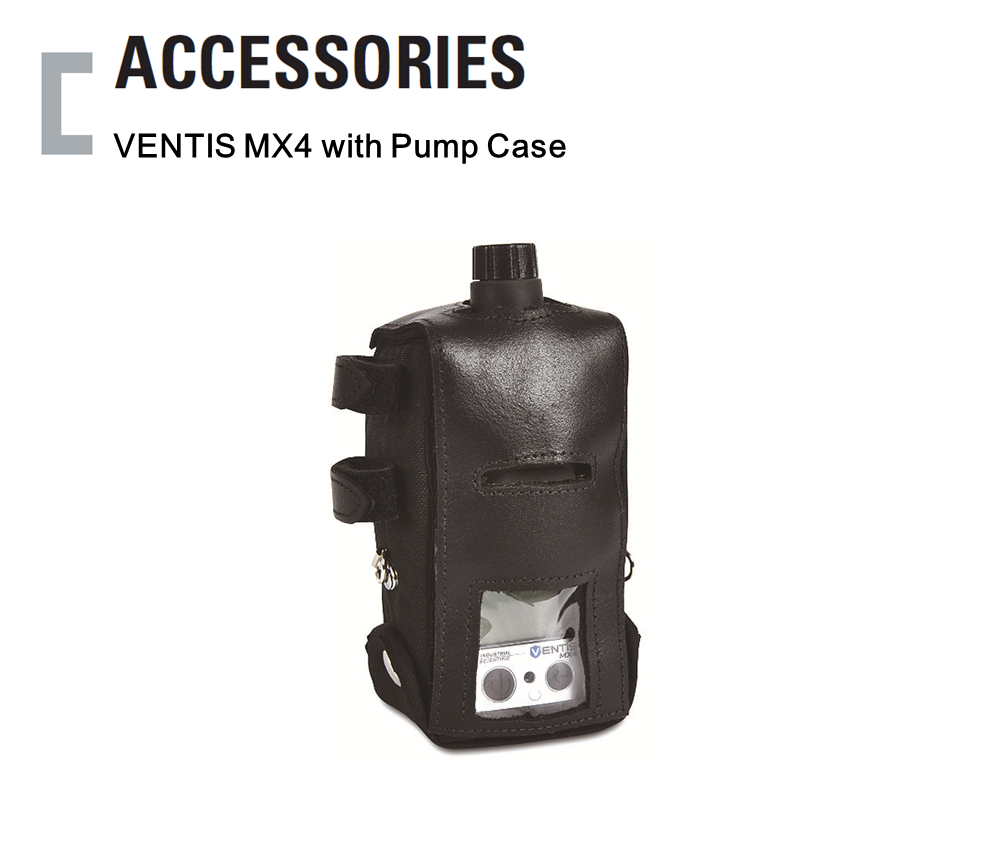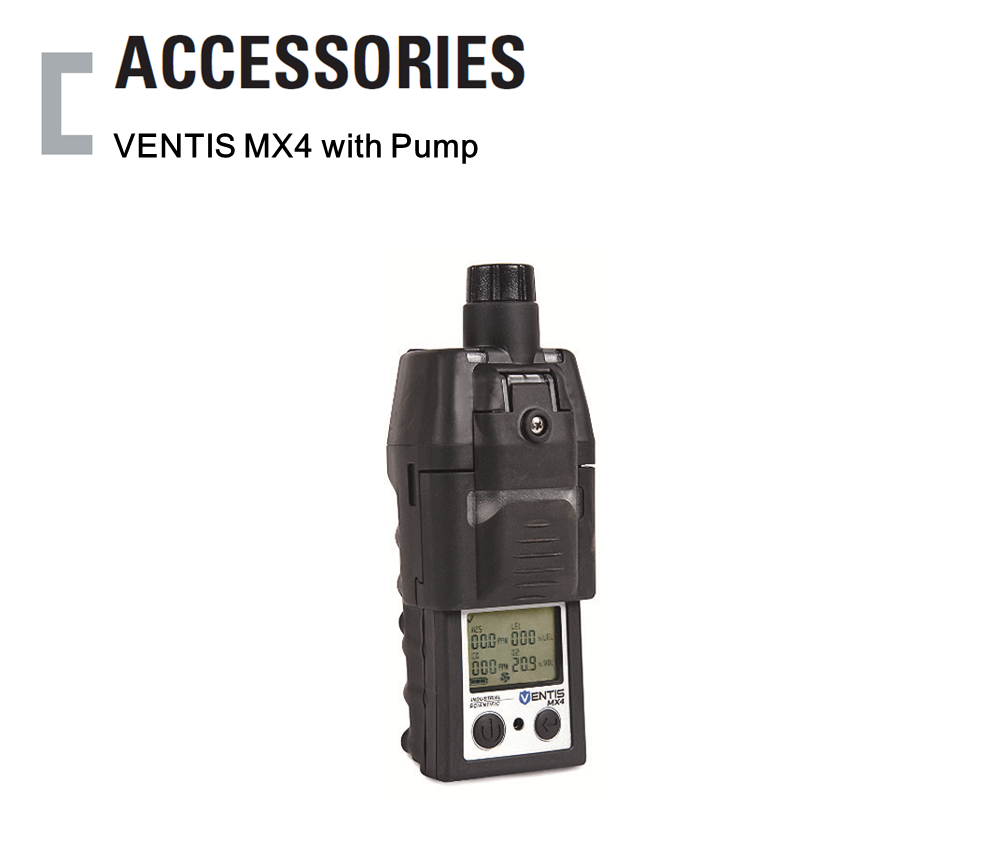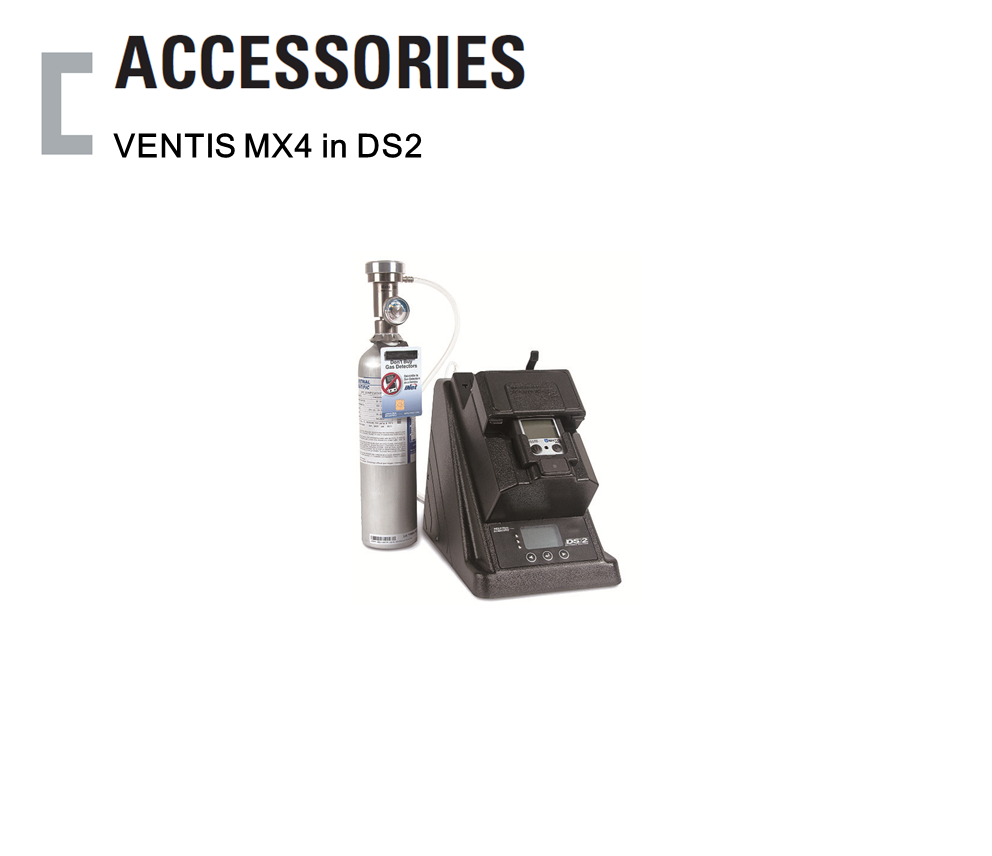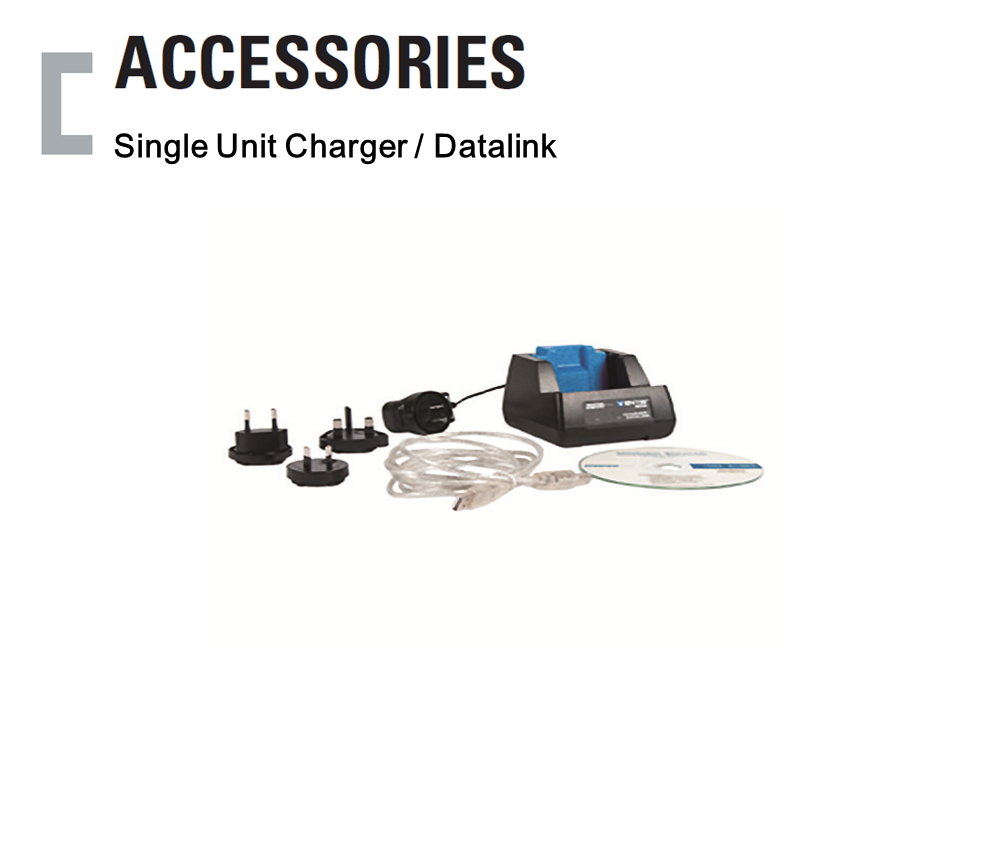
VENTIS MX4
To arrange the procurement of a gas monitoring instrument
with the specified features, which can monitor 1-4 gases and offers both pump
and non-pump configurations, follow these steps:
Product Feature
1. Product Research:
- Begin by
researching manufacturers or suppliers that offer gas monitoring instruments
with the features you mentioned. These features include the capability to
monitor 1-4 gases, configurable with or without a pump, and availability in
black or safety orange overmold. Additionally, consider the instrument's
compatibility with iNet™ and DS2, and the range of selectable detection gases
(LEL, CH4, O2, CO, CO/H2 low, H2S, NO2, SO2).
2. Contact Manufacturers or Suppliers:
- Contact the
manufacturers or suppliers you've identified and inquire about the availability
of the gas monitoring instrument that meets your requirements. Clearly
communicate your needs and specifications.
3. Request Quotations:
- Request
quotations for the gas monitoring instrument that aligns with your needs.
Ensure that any warranty information and additional services, such as
calibration and maintenance, are clearly outlined in the quotation.
4. Demo and Evaluation:
- If possible,
arrange for a product demonstration to ensure that the instrument meets your
expectations and is user-friendly.
5. Choose the Right Product:
- Evaluate the
options presented to you and select the gas monitoring instrument that best
fits your requirements and budget.
6. Purchase and Delivery:
- Place your order
with the chosen manufacturer or supplier and confirm the delivery terms.
7. Installation and Training:
- Coordinate the
installation of the gas monitoring instrument and ensure that your team
receives proper training on its operation and maintenance.
8. Pump Configuration:
- If you have
chosen a pump configuration, ensure that you are familiar with its setup and
operation. For non-pump configurations, be aware of the proper usage.
9. iNet™ and DS2 Compatibility:
- If you plan to
use iNet™ and DS2 with the instrument, ensure that it is properly configured
and compatible with these systems for data management and maintenance tracking.
Product Appication
By following these steps and collaborating closely with the
manufacturer or supplier, you can arrange the procurement of the gas monitoring
instrument that meets your specific needs. Maintain proper documentation for
warranty and service records to ensure the long-term performance of the
instrument.







